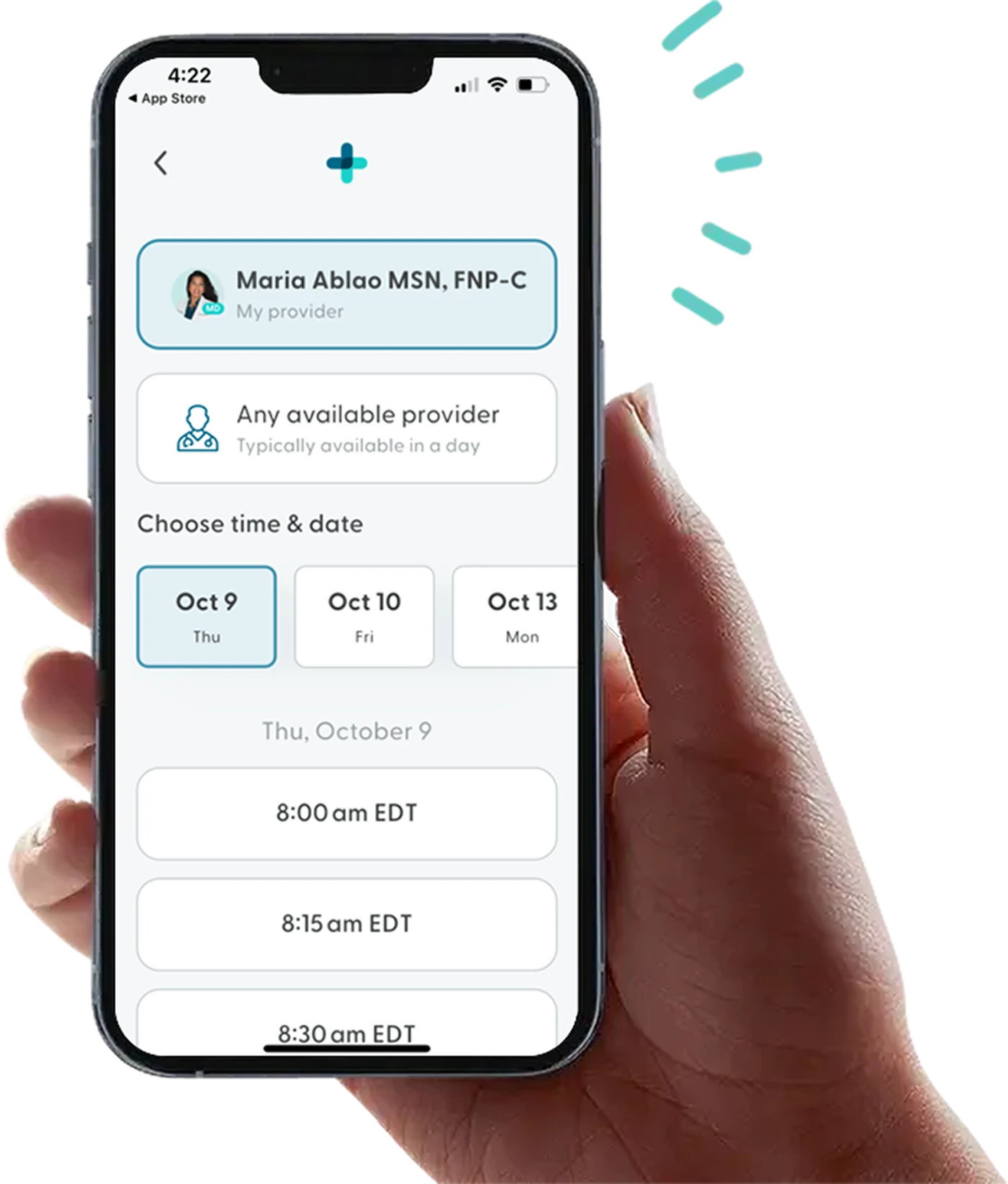Tree Nut Allergy: How to Prevent Cross-Contamination in Your Kitchen
Most allergies first take shape during childhood. Unlike other allergies that may subside with age, tree nut allergies rarely go away. If you or a loved one has a tree nut allergy, it’s important to take the proper precautions to reduce the risk.
Health experts recommend taking extra steps to keep your kitchen organized and near to reduce the risk of cross-contamination. There are several practices you can incorporate into your daily habits in the kitchen to prevent an allergic reaction if you or a loved one has a severe allergy to tree nuts.
Food allergies affecting your daily life?
Speak to a healthcare provider online about your allergy symptoms today.


What are Common Tree Nut Allergens?
Those with a tree nut allergy experience side effects when the immune system responds to tree nut proteins. Certain proteins in tree nuts prompt the immune system to overreact. Today, the U.S. Food and Drug Administration requires that manufacturers list potential allergens on the label of packaged foods.
Manufacturers are required to warn consumers about the following tree nut allergens when present in foods:
Hazelnut
Cashews
Almonds
Pistachios
Cashews
Macadamia nuts
Chestnuts
Walnuts
Shea nuts
Pecans
Key Point: What is the Most Common Tree Nut Allergy?
Cashews are the most common tree nut allergen, with pistachios, walnuts, and pecans close behind.
Packaged Foods with Tree Nut Allergens to Avoid
A lot of packaged foods contain potential allergens. People can find a full list of allergens in a product on the nutrition labels of foods. Typically, they are located directly under the main ingredient list.
Popular packaged foods with tree nut allergens include:
Candy
Barbecue sauce
Chocolate
Pesto
Lychee
Nut paste
Energy bars
Cereals
Marinades
Frozen dessert
Some people may be allergic to one tree nut allergen, but not all of them. However, many people avoid tree nuts altogether because of the high risk of cross-contamination. The FDA still requires that manufacturers specify on nutrition labels which tree nut allergen is present in foods.
Unexpected Sources of Tree Nut Allergy
Small traces of tree nuts may show up as an ingredient in foods you don’t expect. While eating out, people with a tree nut allergy should let the restaurant staff know about their allergy. This can reduce the risk of cross-contamination while cooking.
A few foods with tree nuts that most people may not recognize include:
Ice cream
Frozen desserts
Alcoholic beverages
Artificial nuts
Natural flavorings
Tips for Cleaning a Kitchen When You Have a Tree Nut Allergy
Cross-contamination is when an allergen gets into foods from close contact. Allergens can live on improperly cleaned or sanitized kitchen surfaces for months. While the chance of experiencing symptoms from this type of exposure is rare, there is a small possibility depending on the severity of the allergy.
To help prevent cross-contamination, consider the following tips:
Label the foods in your pantry
Clearly label foods in the fridge, freezer, and pantry that have tree nut allergens. Some people may label foods with allergens by placing special stickers on the front. This can help prevent the person with an allergy from accidentally consuming foods with an allergen.
Keep the kitchen organized
Some people may choose to keep foods with an allergen on specific shelves in the kitchen. This can help maintain a system of organization to prevent allergic reactions. For example, some people may place foods with allergens on a higher shelf than foods without them.
Always thoroughly clean your hands before preparing a meal
It’s useful to always wash your hands before preparing food to prevent cross-contamination and reduce the threat of harmful germs. This reduces the risk of cross-contamination from the hands.
Keep counter surfaces consistently clean
A good practice to keep people with tree nut allergies safe is to clean surfaces before and after preparing foods. While you may not be able to visibly see them, countertops may have small traces of allergens on them.
Wash dishes and utensils thoroughly
Health experts recommend being mindful of using the same utensils for multiple foods. This can potentially increase the risk of cross-contamination.
Be sure to thoroughly rinse off dishes before placing them in a dishwasher. When handwashing dishes, soak them in hot water to ensure you kill harmful germs.
Where Can I Learn More About Food Allergies?
At LifeMD, you can speak with a licensed healthcare provider about what to do if you have a tree nut allergy or care for someone with one. They can give you tips on foods to avoid and how to stay safe.
Book an appointment today to learn more about managing a tree nut allergy.
More articles like this
Feel better with LifeMD.
Your doctor is online and ready to see you.
Join LifeMD for seamless, personalized care — combining expert medical guidance, convenient prescriptions, and 24/7 virtual access to urgent and primary care.

 Medically reviewed and edited by
Medically reviewed and edited by 








